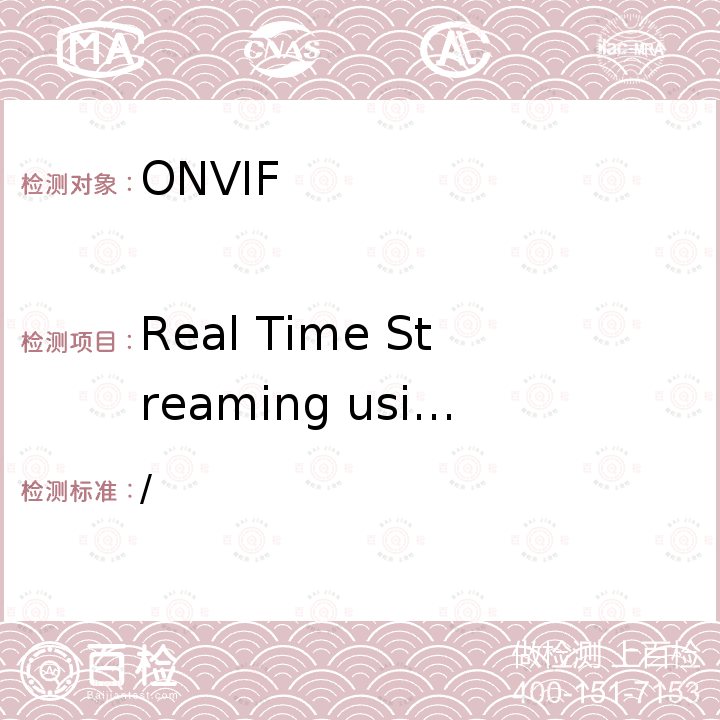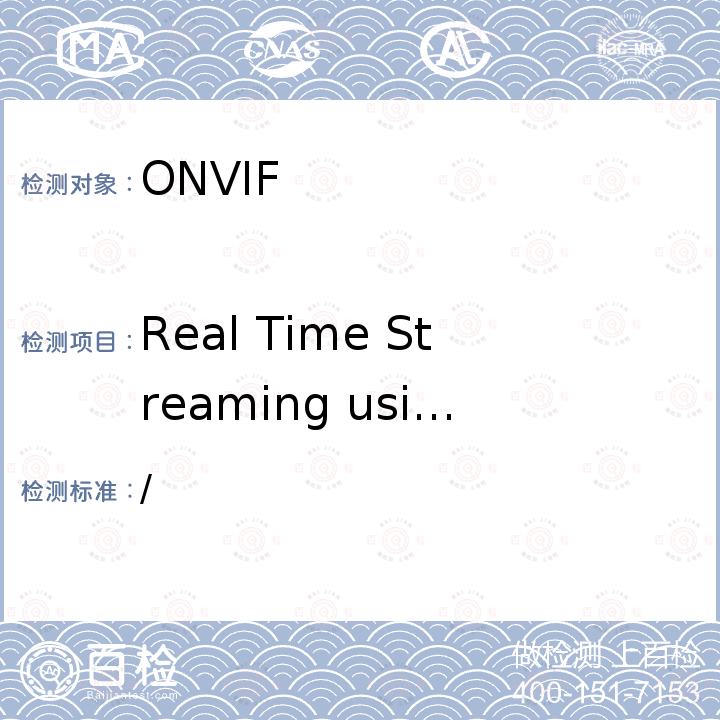For new readers and those who request to be “好友good friends” please read my 公告栏 first.
I have talked previously about decision analysis, a subtopic under the rubric of Operations Research
1. http://blog.sciencenet.cn/home.php?mod=space&uid=1565&do=blog&quickforward=1&id=495058
2. http://blog.sciencenet.cn/blog-1565-505688.html
Recently my home town had a town wide vote about property tax increase in order to re-furbish our middle schools. Residents had to decide whether or not to vote for a tax increase to fund the renovation. This is how I reached a decision to vote yes or no and demonstrate how one can rationally decide on something that effect ones lives everyday.
First what are the facts that I know and can assume:
1. All our children have left Lexington schools more than 25 years ago. Thus, the tax increase do not directly benefit me and will be a direct additional cost for living in Lexington
2. The town has estimated that the average tax increase for each household will be 250.00 dollar per year (you may use other figures to estimate your increase if you believe your home costs more or less. I used this figure for illustrative purposes only and feel it is good enough for me)
3. I use a figure of 10 years to do the cost/benefit analysis again you can substitute your own figures. Thus, in my case the total cost over 10 years will be 2500.00 dollars if I vote yes.
4. The proponent of this measure argued that the renovation of the schools will keep Lexington desirable and keep up the real estate prices of the town. There are certainly truth to this view.
5. Thus,to assess the cost of NOT doing the renovation, I made the following assumption:
o With 50% chance there will be a 1% less increase in real estate price of a house for the next 10 years
o With 25% chance there will be a 2% less increase in real estate price of a house for the next 10 years
o With 25% chance there will be no effect on real estate price for the next 10 years
6. Usingthe average price of a Lexington house at half a million dollars, then the indirect cost of NOT doing the renovation will be 500,000 times(0.5x1%+0.25x2%+0.25x0.0)=2500+2500+0=5000 dollars of indirect cost.
7. Comparing#3 vs #6 it is clear how I voted.
8. This is decision analysis is its simplest form. More generally, of course
o the decision tree may involve more choices(branches) and more outcomes
o the consequences of each outcome may be more difficult to assess. Money is often not the only measure. The Utility of a consequence often are multidimensional.
o the probability (uncertainties) associated with each choice may be more difficult to assess
But the point here is the framework for decision that “decision analysis” provides. Instead of “gut feeling or emotion” the methodology provides a rational basis for debate and decision making. It concentrates the debate about assumptions and data and removes the logic and process of decision making from debate/discussion and muddying the waters. However, good decision does not guarantee necessarily a good outcome because of the uncertainties. For example in the above case if the conditions of the school turnout not effecting the real estate prices in ten years, then my choice should have been different by hindsight.
Man proposes and God disposes.



 1stNA to BS EN 1993-6-2007(R2013) A
1stNA to BS EN 1993-6-2007(R2013) A












 400-101-7153
400-101-7153 15201733840
15201733840

